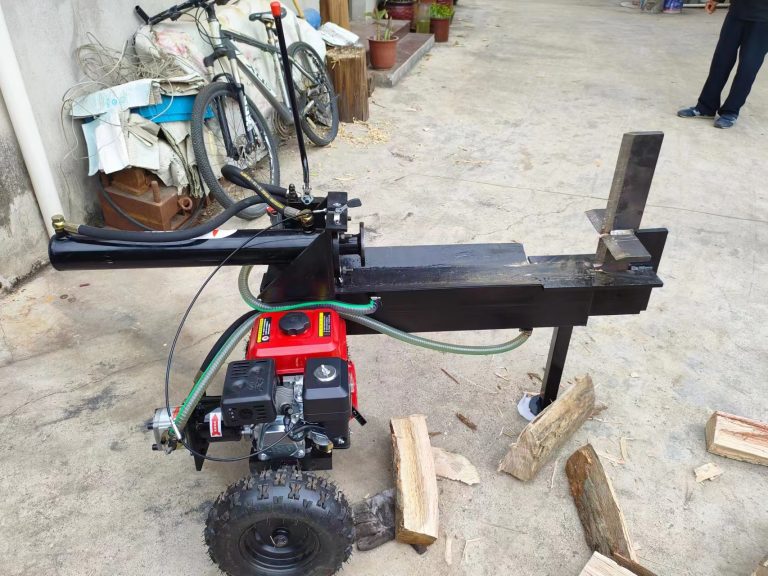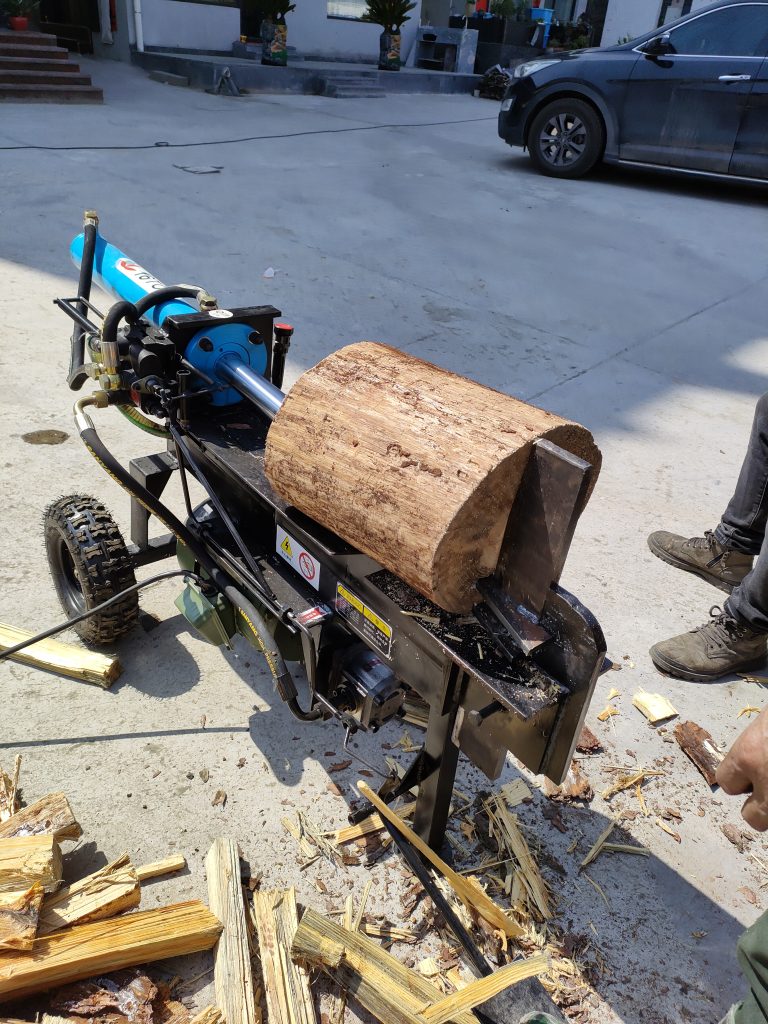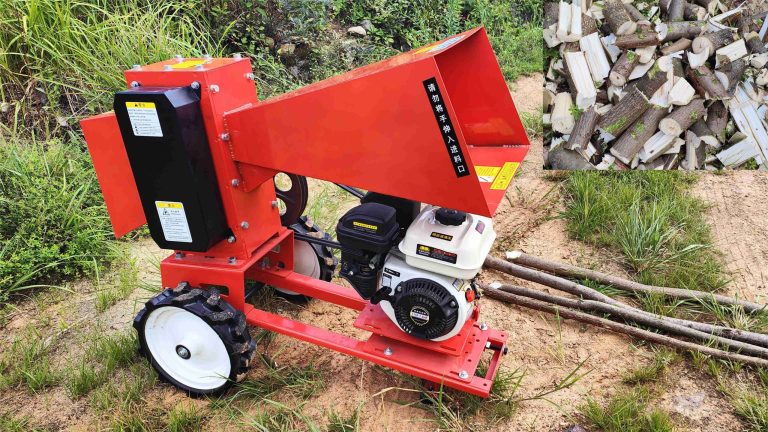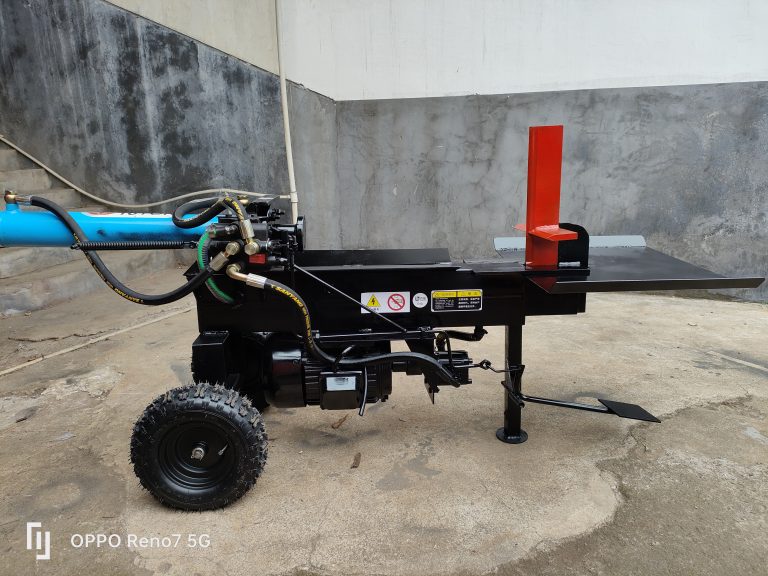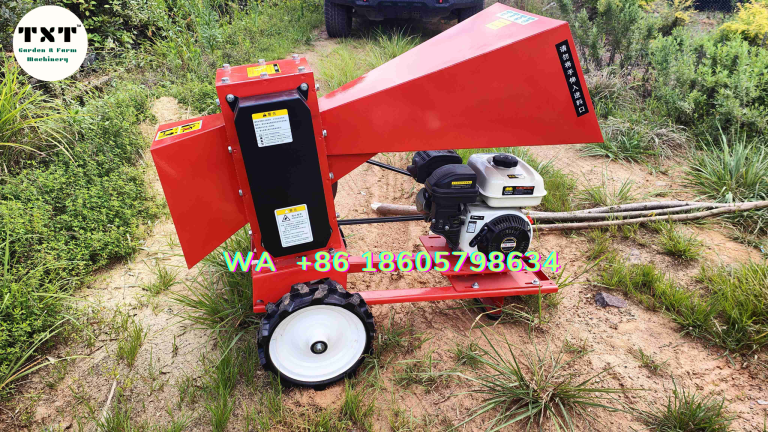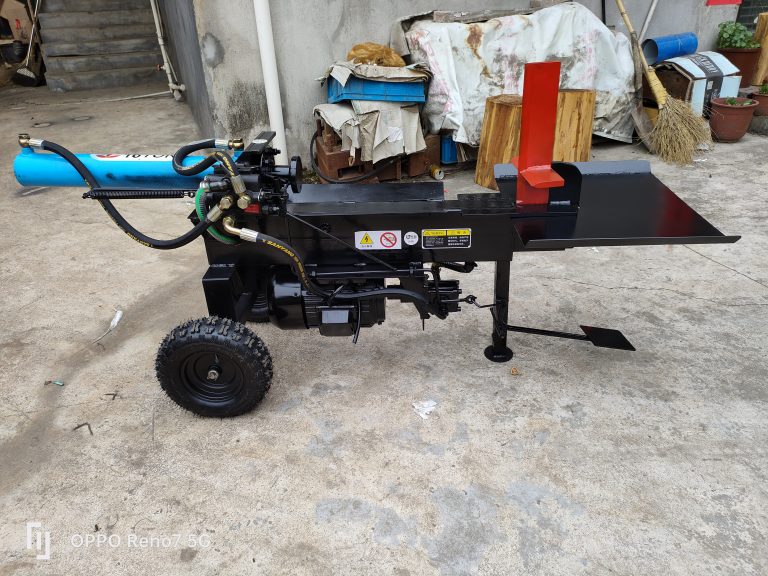Table of Contents
Top 10 Best Wood Splitters for Home Use
When it comes to splitting wood for your home, having the right tool can make all the difference. A wood splitter is a must-have for anyone who regularly uses firewood for heating or cooking. With so many options on the market, it can be overwhelming to choose the best one for your needs. In this article, we will discuss the top 10 best wood splitters for home use to help you make an informed decision.
One of the most important factors to consider when choosing a wood splitter is the type of wood you will be splitting. Different types of wood require different amounts of force to split, so it’s essential to choose a splitter that can handle the job. Some splitters are better suited for softwoods like pine, while others are designed for hardwoods like oak or maple.
Another important factor to consider is the size of the logs you will be splitting. If you plan on splitting large logs, you will need a splitter with a higher tonnage rating to handle the job. On the other hand, if you only plan on splitting small logs, a lower tonnage splitter may be sufficient.
One of the top wood splitters for home use is the Boss Industrial ES7T20 Electric Log Splitter. This splitter is compact and easy to use, making it perfect for homeowners with limited storage space. It has a 7-ton splitting force, making it suitable for splitting a variety of wood types and sizes. The Boss Industrial ES7T20 also features a one-handed operation, making it easy to use for beginners.
Another top contender is the Champion Power Equipment 100251 Gas Powered Log Splitter. This splitter has a 25-ton splitting force, making it one of the most powerful options on the market. It is perfect for splitting large logs and hardwoods, making it a great choice for homeowners who need a heavy-duty splitter. The Champion Power Equipment 100251 also features a convenient auto-return valve, making it easy to split wood quickly and efficiently.
For homeowners looking for a more budget-friendly option, the WEN 56207 Electric Log Splitter is a great choice. This splitter has a 6.5-ton splitting force, making it suitable for splitting small to medium-sized logs. It is compact and easy to store, making it perfect for homeowners with limited space. The WEN 56207 also features a two-handed operation, making it safe and easy to use.
| Applicable Industries | Farms |
| Type | Wood splitter |
| Power Type | Gasoline |
| Splitting Force | 2tons |
| Maximumn trunk length: | 60cm |
| Maximmn trunk Dia: | 35-55cm |
| Max. Output: | 7.5HP/15HP |
If you prefer a manual option, the Sun Joe LJ10M Hydraulic Log Splitter is a top choice. This splitter has a 10-ton splitting force, making it suitable for splitting a variety of wood types and sizes. It is compact and easy to use, making it perfect for homeowners who prefer a more hands-on approach to splitting wood.
For homeowners who need a portable option, the YARDMAX YS0552 Electric Log Splitter is a great choice. This splitter has a 5-ton splitting force, making it suitable for splitting small to medium-sized logs. It is lightweight and easy to transport, making it perfect for homeowners who need to split wood in different locations.
Overall, the best wood splitter for home use will depend on your specific needs and preferences. Whether you prefer an electric, gas-powered, or manual option, there are plenty of top-quality splitters on the market to choose from. By considering factors like wood type, log size, and budget, you can find the perfect splitter to make splitting wood a breeze.
Gas vs. Electric Wood Splitters: Which is Better?
When it comes to splitting wood for your fireplace or wood stove, having the right tool can make all the difference. Wood splitters come in a variety of types, but two of the most common options are gas-powered and electric-powered models. Each type has its own set of advantages and disadvantages, so it’s important to consider your specific needs and preferences before making a decision.
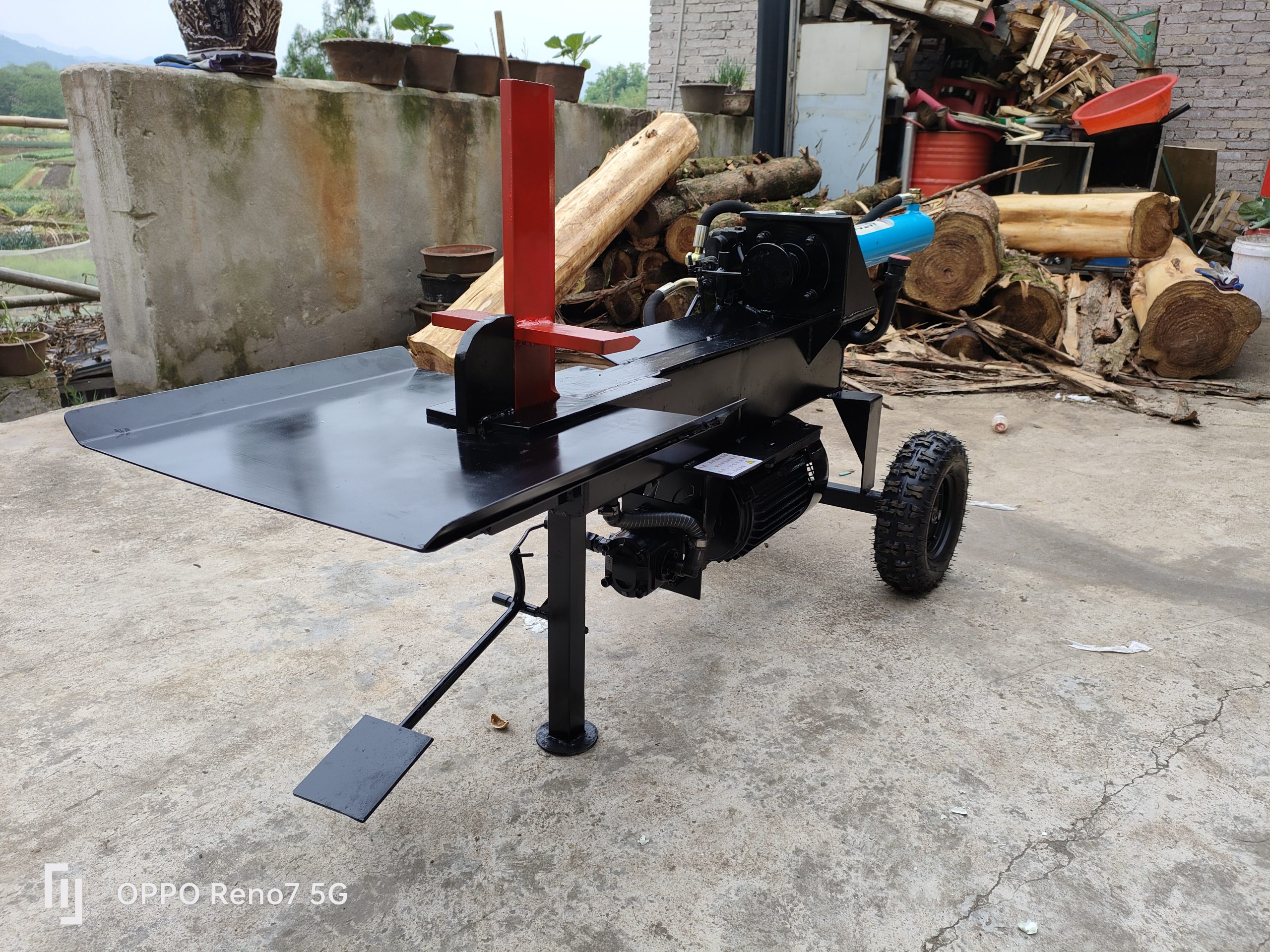
Gas-powered wood splitters are typically more powerful than their electric counterparts, making them ideal for splitting larger logs or tough, knotty wood. They are also more portable, as they do not require a power outlet to operate. This makes them a great option for those who need to split wood in remote locations or areas without access to electricity. However, gas-powered wood splitters can be noisy and emit fumes, which may not be ideal for those who are sensitive to noise or have respiratory issues.
On the other hand, electric wood splitters are quieter and produce no emissions, making them a more environmentally friendly option. They are also easier to maintain, as they do not require regular oil changes or fuel refills. Electric wood splitters are typically less powerful than gas-powered models, so they may not be suitable for splitting larger logs or tough wood. Additionally, they require access to a power outlet, which may limit their portability.
When deciding between a gas-powered and electric wood splitter, it’s important to consider the size and type of wood you will be splitting, as well as your location and power source availability. If you need a powerful, portable option for splitting tough wood, a gas-powered wood splitter may be the best choice for you. However, if you prioritize environmental friendliness, quiet operation, and ease of maintenance, an electric wood splitter may be the better option.
| Applicable Industries | Farms, Home Use, Retail, Construction works , Forestry and Garden |
| Type | Wood splitter |
| Power Type | Gasoline/Petrol/Diesel/E-power |
| Splitting Force | 2tons/5tons/10tons/16tons/22tons |
| Maximumn trunk length: | 60cm |
| Maximmn trunk Dia: | 35-55cm |
| Max. Output: | 7.5HP/15HP |
Ultimately, the best wood splitter for you will depend on your specific needs and preferences. It’s important to carefully consider the pros and cons of each type of wood splitter before making a decision. Additionally, it may be helpful to read reviews and compare different models to find the one that best suits your needs.
In conclusion, both gas-powered and electric wood splitters have their own set of advantages and disadvantages. Gas-powered wood splitters are more powerful and portable, but they can be noisy and emit fumes. Electric wood splitters are quieter and more environmentally friendly, but they may not be as powerful and require access to a power outlet. When choosing the best wood splitter for your needs, consider the size and type of wood you will be splitting, as well as your location and power source availability. By carefully weighing your options and considering your specific needs, you can find the perfect wood splitter to make your wood splitting tasks easier and more efficient.
How to Choose the Right Wood Splitter for Your Needs
When it comes to splitting wood, having the right tool for the job can make all the difference. A wood splitter is a valuable piece of equipment for anyone who regularly needs to split logs for firewood or other purposes. With so many options available on the market, it can be overwhelming to choose the best wood splitter for your needs. In this article, we will discuss some key factors to consider when selecting a wood splitter to ensure you make the right choice.
One of the first things to consider when choosing a wood splitter is the type of wood you will be splitting. Different types of wood require different levels of power and force to split effectively. If you will primarily be splitting softwoods like pine or cedar, a smaller, less powerful wood splitter may be sufficient. However, if you will be splitting hardwoods like oak or hickory, you will likely need a more powerful splitter to handle the job.
Another important factor to consider is the size of the logs you will be splitting. Wood splitters come in a range of sizes and capacities, so it is important to choose one that can accommodate the size of the logs you will be working with. If you will be splitting large, heavy logs, you will need a splitter with a higher tonnage rating to ensure it can handle the job effectively.
In addition to considering the type and size of wood you will be splitting, it is also important to think about how often you will be using the wood splitter. If you will only be splitting wood occasionally, a manual or electric splitter may be sufficient. However, if you will be splitting wood regularly or in large quantities, a gas-powered hydraulic splitter may be a better option.
When choosing a wood splitter, it is also important to consider the portability and storage options. If you will be moving the splitter frequently or have limited storage space, a smaller, more compact model may be preferable. On the other hand, if you have a dedicated space for the splitter and will not need to move it often, a larger, more powerful model may be a better choice.
Finally, it is important to consider your budget when choosing a wood splitter. Wood splitters can range in price from a few hundred dollars to several thousand dollars, so it is important to set a budget and stick to it. While it may be tempting to opt for the most powerful or feature-rich model, it is important to choose a wood splitter that meets your needs without breaking the bank.
In conclusion, choosing the best wood splitter for your needs requires careful consideration of factors such as the type and size of wood you will be splitting, how often you will be using the splitter, portability and storage options, and your budget. By taking the time to evaluate these factors and choose a wood splitter that meets your specific needs, you can ensure that you have the right tool for the job and make splitting wood a quick and efficient process.

